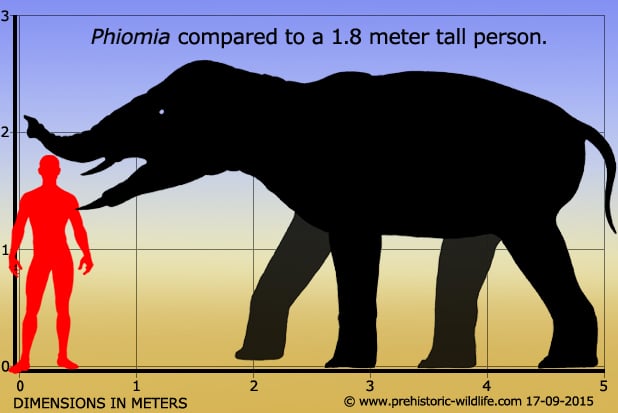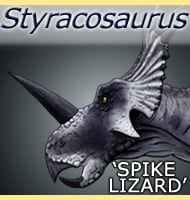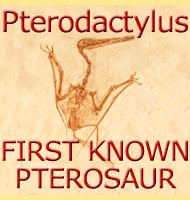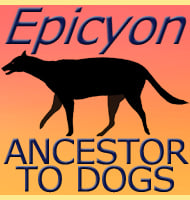In Depth
Phiomia was a primitive proboscean of the Eocene/Oligocene that was still quite similar in appearance to a modern elephant. One of the key features about Phiomia was the lower mouth where two tusks grew forwards into a shovel-like structure. This may have been used to shovel up plants from out of the ground, or perhaps even to strip bark off of trees. Phiomia likely had a trunk, however there is some uncertainty as to exactly how long this trunk would have been.
Further Reading
- A preliminary note on some new mammals from the Upper Eocene of Egypt. - Survey Department, Public Works Ministry, Egypt. - C. W. Andrews & H. J. L. Beadnell - 1902. - New large−bodied mammals from the late Oligocene site of Chilga, Ethiopia. - Acta Palaeontologica Polonica 49(3):365-392. - W. Sanders, J. Kappelman & D. T. Rasmussen - 2004.









